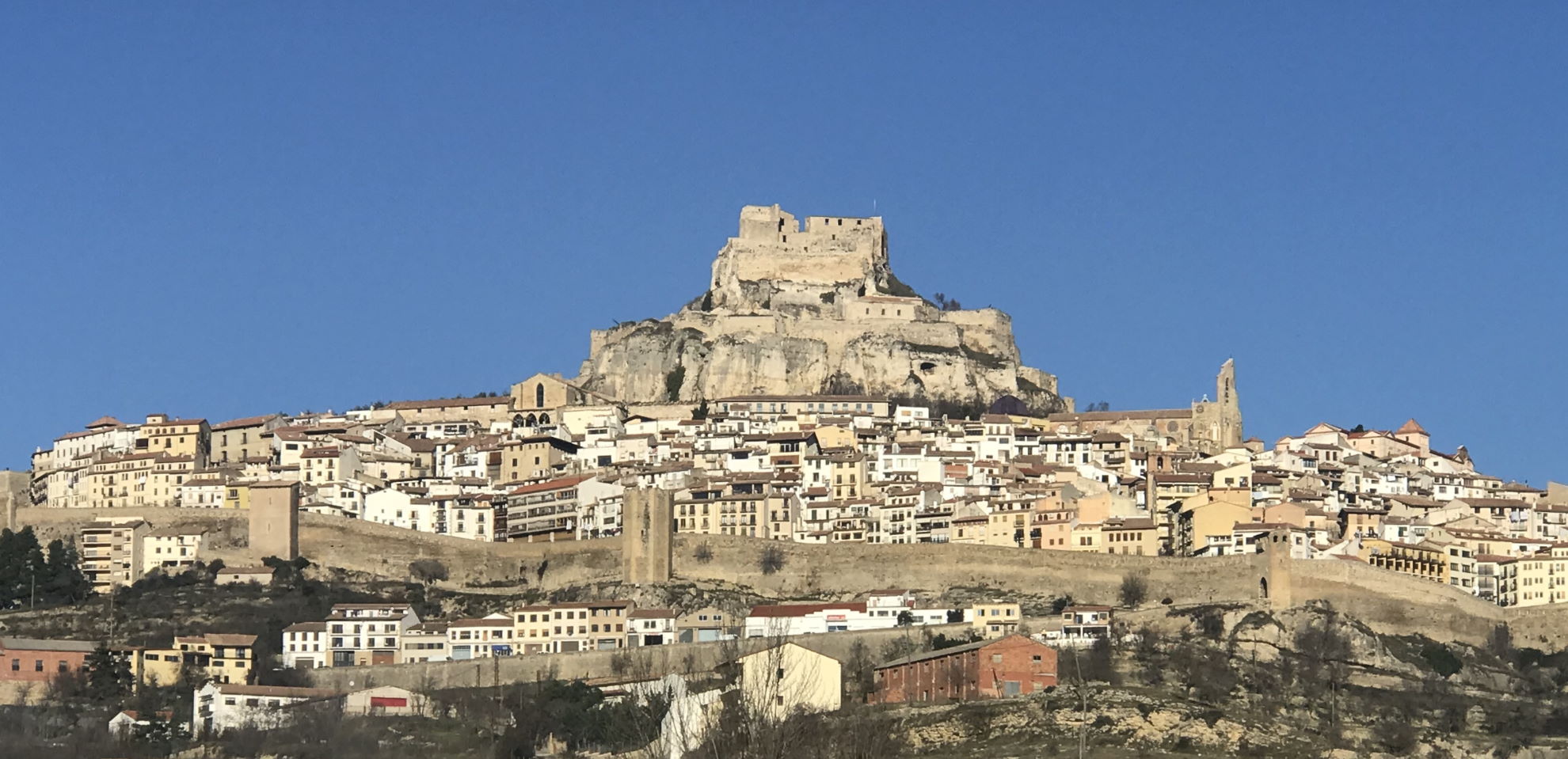Gastronomy
 The region, mountainous culture, has a traditional, typical and local gastronomy that makes the region an attractive and curious site. In effect, it is favored and the use of ancient techniques that was transmitted from generation generation is valued.
The region, mountainous culture, has a traditional, typical and local gastronomy that makes the region an attractive and curious site. In effect, it is favored and the use of ancient techniques that was transmitted from generation generation is valued.
It is a gastronomy based mainly on the consumption of domestic meat and hunting, characterized by being a tender, healthy and tasty meat.
The most popular dishes are based on lamb meat, like the famous grilled lamb chops.
The cold cut and the cheese in the area are as tasty as the meat. The cheese is produced based on goat or sheep milk and cold cut is elaborated with natural dryers.
In addition, what makes the particularity of certain flavors of the site, are crops of mushrooms and truffles. A harvest that is done throughout the year: mushrooms in autumn, black truffles in winter and white truffles in summer, which offers fine and tasty aromas in all seasons.
Finally, surrounded by a multitude of fruit trees and culture of vegetables, the gastronomy of Masia Molinar has the particularity of being very broad, rich and ecological.
Population
 The inhabitants lived mostly from agriculture and livestock, but, with rural abandonment towards urban areas, a problem of depopulation has surged. It is considered as "empty Spain". Focusing on grandiose and remarkable landscapes, Spain is full of spectacular biodiversity, with a simple and authentic life that rendes the admirable place.
The inhabitants lived mostly from agriculture and livestock, but, with rural abandonment towards urban areas, a problem of depopulation has surged. It is considered as "empty Spain". Focusing on grandiose and remarkable landscapes, Spain is full of spectacular biodiversity, with a simple and authentic life that rendes the admirable place.
La historia
 The area has a very attractive historical, cultural and artistic heritage.
The area has a very attractive historical, cultural and artistic heritage.
The first traces of human settlement go back to prehistory. It was a territory inhabited from this time as demonstrated by the various preserved cave paintings. Also, there are several deposits of villages of the Iron Age, as well as the Ibero-Roman era, most of them even for digging.
Beautiful Iberian ceramic findings were found throughout the area, as well as Stone Walls and Walls still in Good Conservation.
Many of the current villages and farmhouses have a medieval origin, and still conserve constructions of the time.
The farmhouse still retains Romanesque and Iberian remains, which can be visited, upon reservation (see tourist itineraries).
The area was part of the Ancestral Tetis Sea, which covered these lands in the Mesozoa era.
Taking a walk through the farm is usual to observe fossils in excellent state of conservation. (see tourist itineraries).
Strolling through the milling, archaeological, historical remains and typical architecture of the region can be found. Between junks, junipers and sabinas, you can see cave paintings, fossils and remnants of traditional architecture, and you will track what the story has left in this wonderful territory.
Webs of interest
Maestrazgo templarioMorella
Els ports
Arqueología local
Olocau del Rey, villa medieval
Olocau del Rey
Forcall
Ruinas de la ciudad romana de Lesera, en Forcall
Santuario de la Virgen de Balma
Maestrazgo
Tronchón
La Iglesuela del Cid
Pueblos más bonitos de España cercanos al Molinar
CantaviejaMirambel
Valderrobres
Morella
Culla
Peniscola
Vilafames
Tronchón



